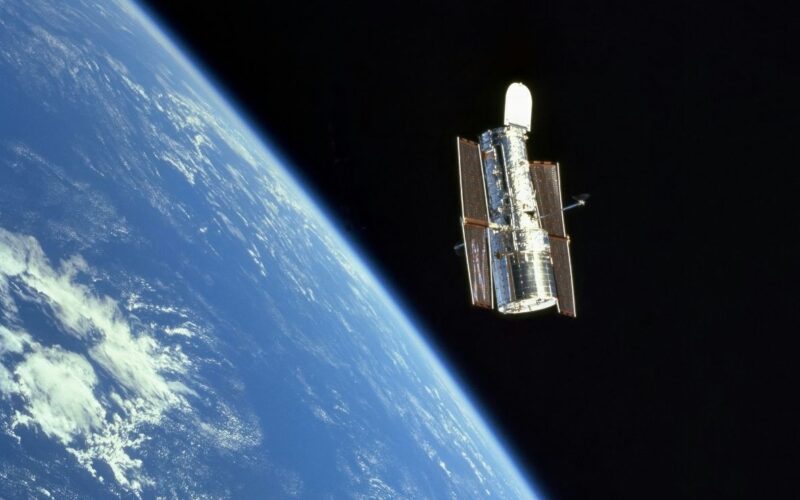Space is full of mystery, which makes it the perfect place for myths to spread. Movies, cartoons, and even old science books have told us things that just aren’t true. From exploding astronauts to the Great Wall being visible from orbit, a lot of what we think we know is way off. Thanks to modern science and real missions, we now know what really happens out there.
1. There’s No Gravity in Space
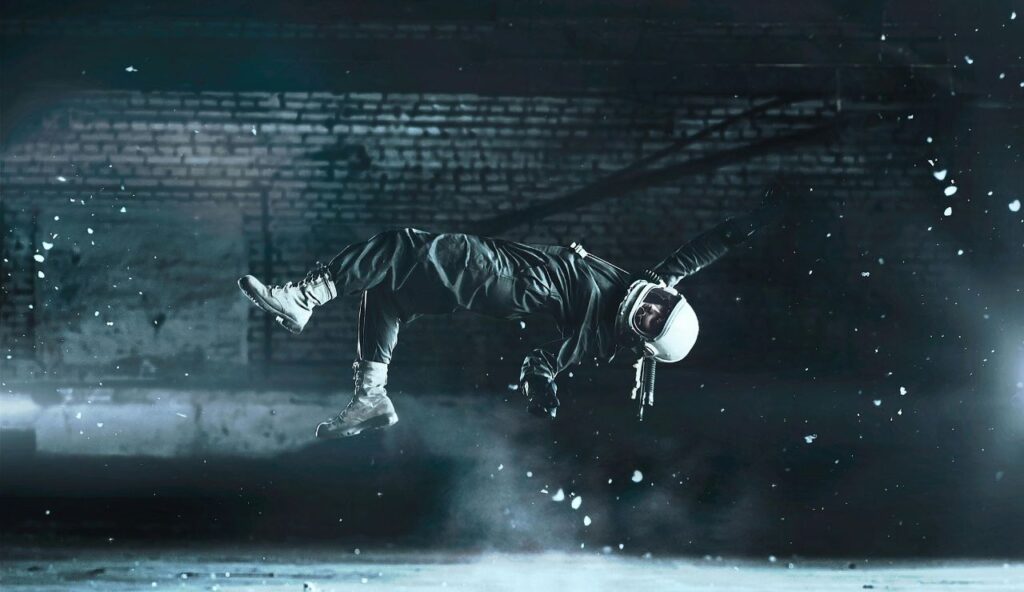
A lot of people believe space has no gravity at all, but that’s not true. Gravity exists everywhere, even far from Earth. Astronauts float because they’re in constant free fall while orbiting, not because gravity disappears. Without gravity, planets wouldn’t stay in orbit and stars couldn’t form. So even in deep space, gravity is always there, quietly shaping everything around us.
2. The Sun Is Yellow
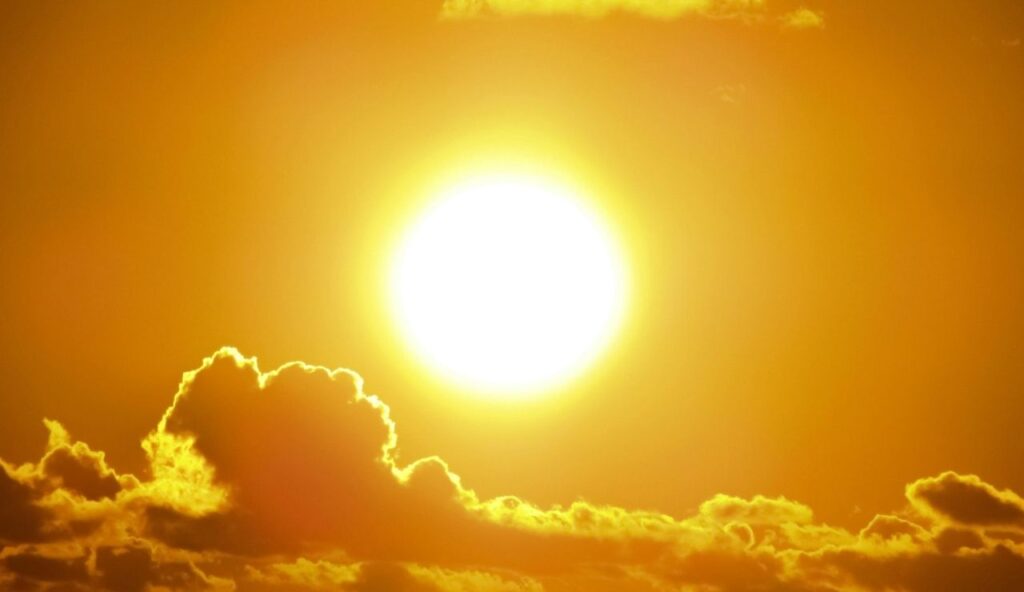
Even though the Sun looks yellow from Earth, that’s just because of our atmosphere. In space, without air scattering the light, the Sun actually shines white. It gives off all colors of visible light mixed together, which makes it appear white when viewed directly from space. The yellow tint we see is caused by the way Earth’s atmosphere filters sunlight at different angles.
3. You Explode in Space Without a Suit

It’s a scary thought, but no, your body doesn’t explode in space. While space is a vacuum, you wouldn’t pop like a balloon. You’d lose consciousness within seconds due to lack of oxygen, and your body would swell slightly from the pressure drop. But your skin is strong enough to hold everything together. It’s still extremely dangerous, but not in the explosive way movies often show.
4. The Moon Has a Dark Side
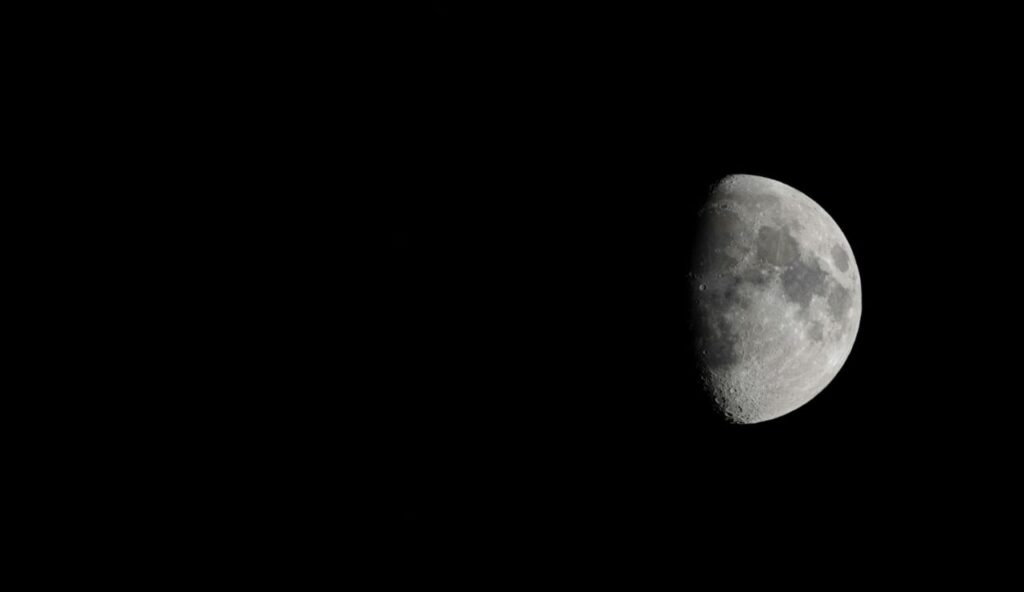
People often talk about the “dark side” of the Moon, but there’s no side that stays dark forever. The Moon rotates at the same rate it orbits Earth, which means we always see the same side. The far side does get sunlight, just not from our point of view. It has day and night cycles just like the near side. It’s hidden from us, not hidden from the Sun.
5. Astronauts Are Weightless Because They’re Far From Earth
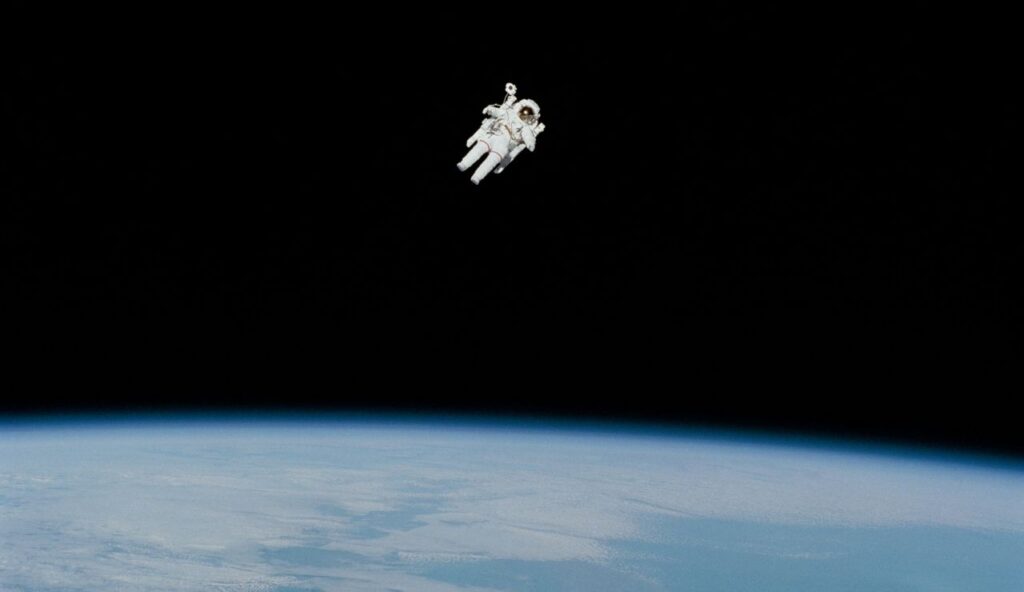
Astronauts don’t float in space because they’re far from Earth. In fact, gravity is still strong in low orbit. They feel weightless because they’re falling around the Earth at the same speed as their spacecraft. This creates a free-fall effect, not a gravity-free zone. It may look like floating, but it’s really constant motion that makes everything inside feel weightless.
6. Space Is Cold Enough to Freeze You Instantly

While space is cold, it won’t freeze you solid the moment you step out. Heat loss in space happens through radiation, which is much slower than conduction or convection. Without a suit, you’d lose air quickly and lose consciousness before freezing. Your body would cool over time, but not instantly. The freezing effect is more dramatic in movies than in real space conditions.
7. You Can Hear Explosions in Space
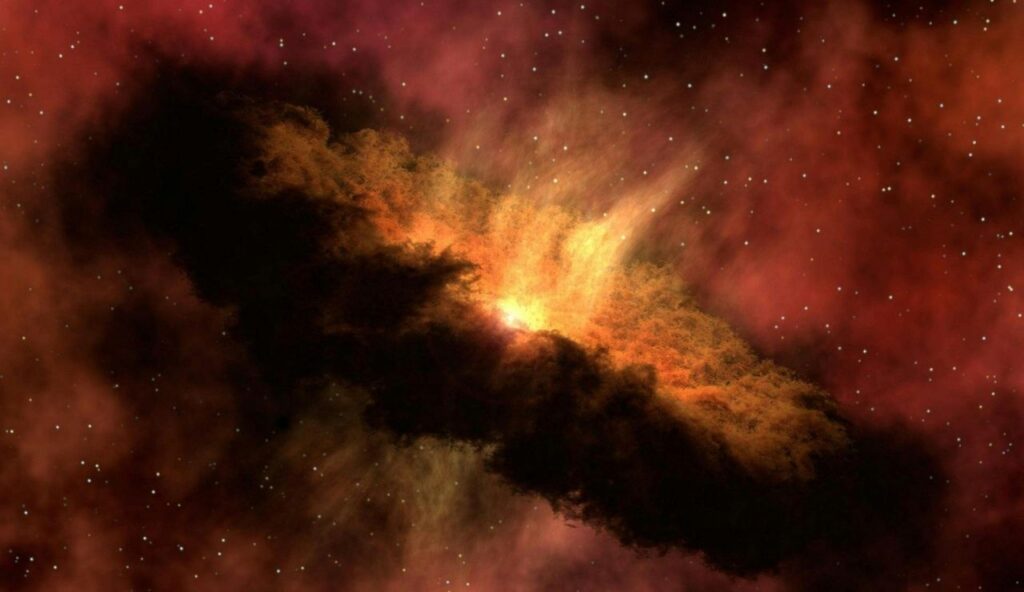
Space is completely silent because sound needs a medium like air or water to travel. Since space is a vacuum, there’s nothing to carry sound waves. That means even the biggest explosion would make no noise at all. The dramatic booms in movies are just for effect. In real space, everything happens in silence, no matter how massive or violent the event might be.
8. Satellites Stay in Orbit Because There’s No Gravity
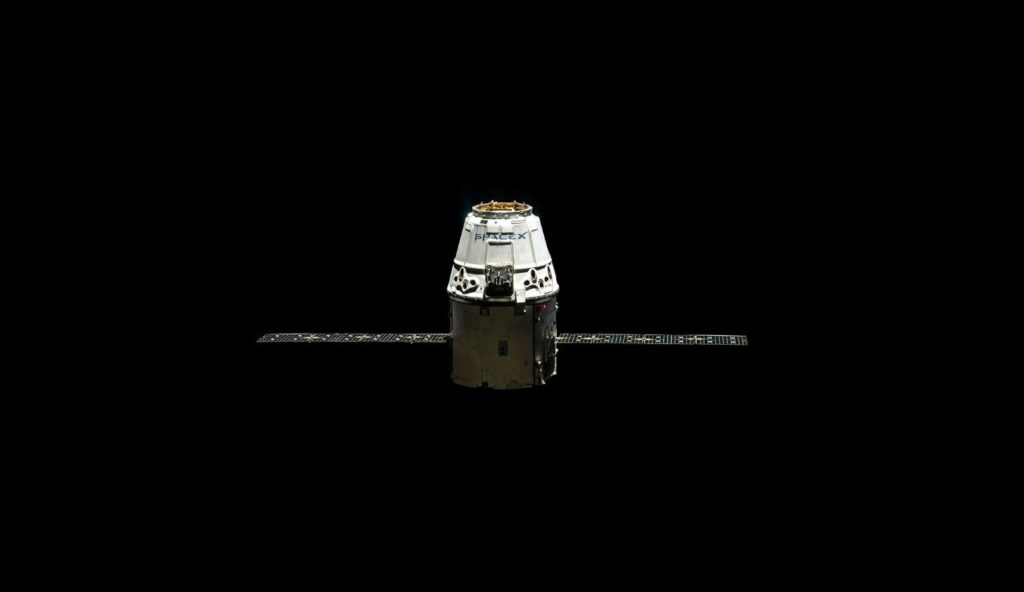
Satellites don’t float in orbit because gravity is absent. They stay in motion because gravity is pulling them toward Earth while their forward speed keeps them from falling straight down. It’s a constant balance between falling and moving forward. Without gravity, they would fly off into space. In reality, it’s gravity that keeps every satellite, space station, and planet in motion.
9. Mercury Is the Hottest Planet
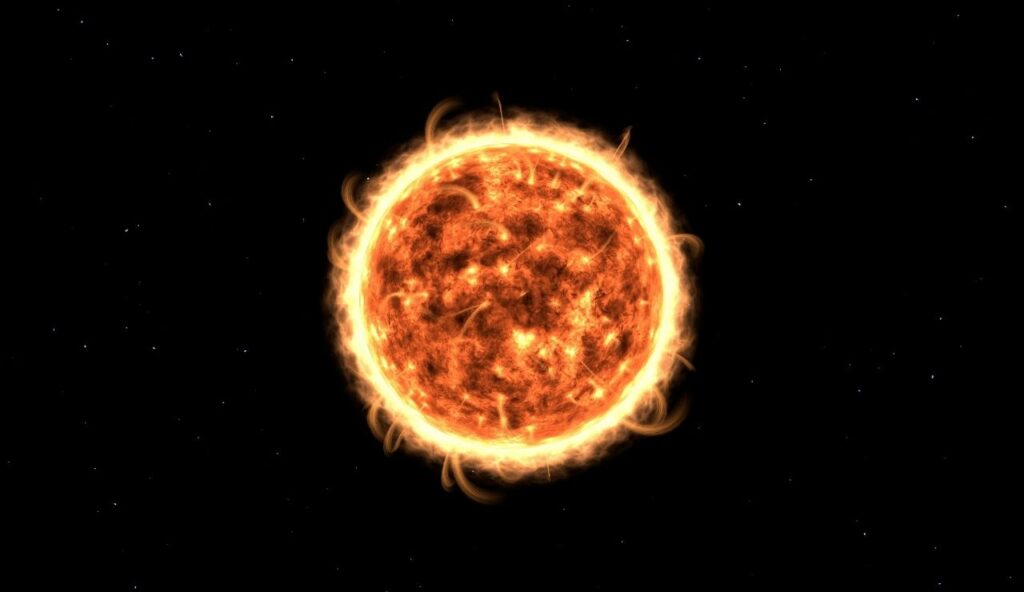
Mercury is closest to the Sun, but it’s not the hottest planet. That title goes to Venus. Even though Venus is farther away, its thick atmosphere traps heat through a strong greenhouse effect. This makes Venus hotter on average than Mercury, with surface temperatures high enough to melt lead. So being closest to the Sun doesn’t always mean being the hottest.
10. Black Holes Don’t Pull Everything In
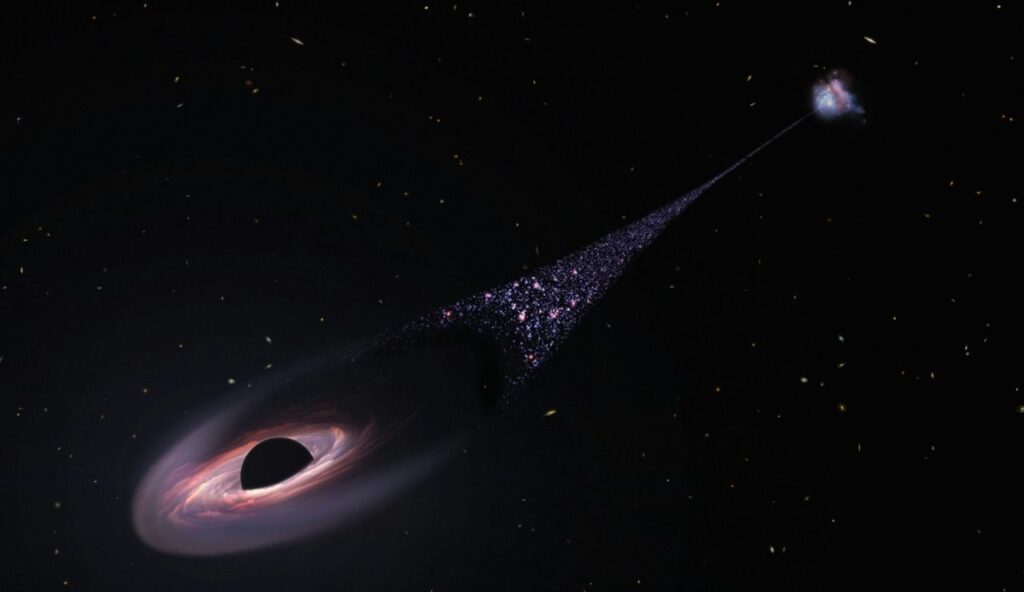
Black holes aren’t giant vacuums that suck up the universe. Their gravity only becomes dangerous when something moves very close to them, near what’s called the event horizon. From a distance, they behave like any other object with similar mass. If our Sun were replaced by a black hole of equal mass, Earth would keep orbiting normally. Their pull is powerful, but not unlimited.
11. The Great Wall of China Is Visible from Space

Many people believe the Great Wall can be seen from space with the naked eye, but that’s not true. It’s too narrow and blends in with the landscape. Astronauts in low Earth orbit can spot cities and highways more easily than the wall. With special equipment, it might be visible, but not with the unaided eye. This popular myth has been proven wrong by astronauts themselves.
